
The Beano is a British anthology comic magazine created by Scottish publishing company DC Thomson. Its first issue was published on 30 July 1938, and it published its 4000th issue in August 2019. Popular and well-known comic strips and characters include Dennis the Menace, Minnie the Minx, The Bash Street Kids, Roger the Dodger, Billy Whizz, Lord Snooty and His Pals, Ivy the Terrible, General Jumbo, Jonah, and Biffo the Bear.
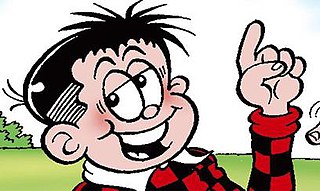
Roger the Dodger is a comic strip character from the comic magazine The Beano. He first appeared in his eponymous comic strip in 1953, and is one of the longest-running characters, characterised by his tactics for avoiding responsibility and his parents rules, or simply making chores easier, usually with the help of instructional "dodge" books.

Pup Parade is a British comic strip that features in the comic magazine The Beano. It is a spin-off to The Bash Street Kids, following the lives of their dogs, and appeared in several issues for over two decades. The comic strip has been rebooted frequently, from the comic magazine it debuted in, to other comic magazines created and owned by DC Thomson.

Gnasher is a fictional comic strip character that appears in the British comic magazine The Beano. He is the pet dog of Dennis the Menace, who meets him in 1968's issue 1362, and is also the star of three spin-off comic strips. Gnasher is considered just as iconic as his owner as both have been the stars of many children's television programming and are the unofficial mascots of The Beano. Gnasher reached nationwide news in the 1980s after he disappeared from the magazine for seven weeks, returning with his six newborn puppies, but usually interacts with his son Gnipper.

Rasher is a British comic strip published in the comics magazine The Beano, featuring Dennis the Menace's pet pig Rasher. It was initially drawn by David Sutherland and published five years after the character's first appearance. Due to The Beano's 2012 continuity, Rasher's daughter has succeeded the role, particularly in Dennis And Gnasher: Unleashed!.
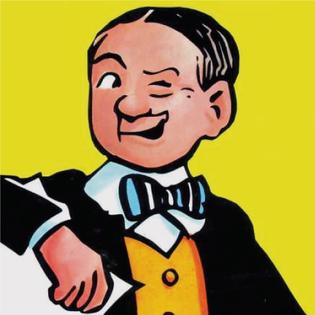
Lord Snooty is a fictional character who stars in the British comic strip Lord Snooty and his Pals from the British comic anthology The Beano. The strip debuted in issue 1, illustrated by DC Thomson artist Dudley D. Watkins, who designed and wrote Snooty's stories until 1968, but the stories would continue featuring in Beano issues until 1991, with occasional revivals and character cameos.
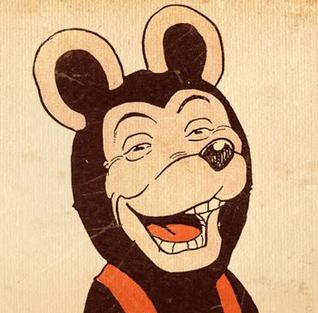
Biffo the Bear is a fictional character from the British comic magazine The Beano who stars in the comic strip of the same name, created in 1948 by Dudley D. Watkins. He was the mascot of The Beano for several decades.

General Jumbo is a British adventure story character from the comic magazine The Beano. He starred in the eponymous adventure story series, as well as the 1971 spin-off series Admiral Jumbo, and was illustrated by a variety of Beano's usual illustrators, including Paddy Brennan. Jumbo is a well-known Beano character with numerous references in popular culture, and was the last character to have an adventure stories series.

Ping the Elastic Man was British comic strip that appeared in The Beano from 1938 to 1940. The comic was about a boy who could stretch his limbs as if they were made of elastic. It was created by Hugh McNeill.
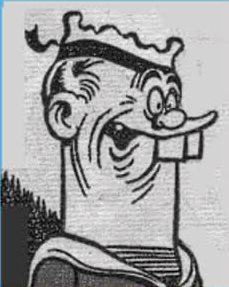
Jonah is a comic strip character published in the magazine The Beano. He made his first appearance in his eponymous comic strip in 1958, illustrated by Ken Reid. Although his comic strip sporadically appeared throughout the magazine, it has been published in other DC Thomson comic magazines.

Pansy Potter is a British comic strip character from the magazine The Beano. She first appeared in Pansy Potter the Strong Man's Daughter issue 21 in 1938, and was first illustrated by Hugh McNeill.

Billy the Cat is a fictional character first published in the British comic magazine The Beano in 1967. He is a vigilante dressed in a "cat suit" who stars in his eponymous adventure story, and occasionally teams with Katie Cat. A popular character, Billy the Cat is a prolific figure in DC Thomson's comic magazines, his character appearing in a variety of series and issues of non-Beano magazines.
Hairy Dan was a British comic strip character by Basil Blackaller originally published in the magazine The Beano Comic in the comic strip of the same name. It first appeared in issue 1 on 30 July 1938 and ran until issue 297.

Wee Peem was a British comic strip character in The Beano, first written and designed by James Jewell. He starred in two comic strips between 1938 and 1957, and would get up to various forms of mischief in a similar way to later Beano strips such as Dennis the Menace and Minnie the Minx.
Walter Brown is a fictional character that appears in the British comic magazine The Beano. He is the rival and antagonist to Dennis the Menace who is vilified because of his lack of interest in stereotypically masculine activities and attitudes. From his first appearance in 1953, Walter became the target of Dennis' pranks and misbehaviour but would brush it off. Sometime in the 1980s, Walter's characterisation changed after reader backlash and made him a snobbish rich boy foil to his enemies.
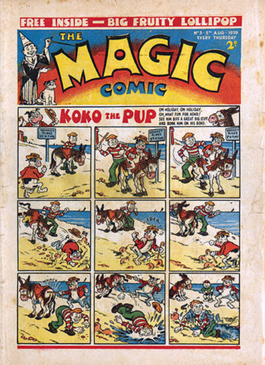
The Magic Comic was a British comics magazine. It was the ill-fated third comics magazine from DC Thomson. It was aimed at a younger audience, with more emphasis on picture stories. The first issue was published on 22 July 1939. The comic ran for only 80 issues until 25 January 1941. Paper rationing resulting from the outbreak of the Second World War caused its demise. Its Editor Bill Powrie promised that 'the Magic' would return; however, he was killed in action in 1942.
Jimmy and His Magic Patch was a British adventure story published in the British comics magazine The Beano in 1944. It was drawn by Dudley D. Watkins and later continued by Paddy Brennan until 1959. It starred schoolboy Jimmy Watson who time-travelled accidentally with a cloth patch on his school clothing.
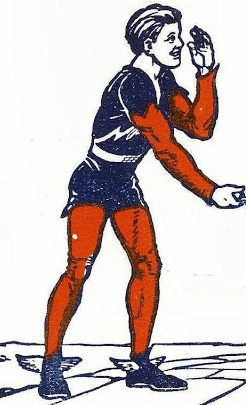
Jack Flash is a British adventure story character published in the British comic magazine The Beano, first appearing in issue 355 with artwork by Dudley Watkins. He featured for almost a decade in five serials, following his time as a foreigner to Earth and living in a Cornish village.
Reginald Arthur Lay Carter was a British cartoonist.















